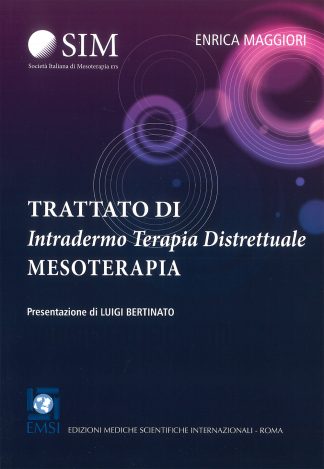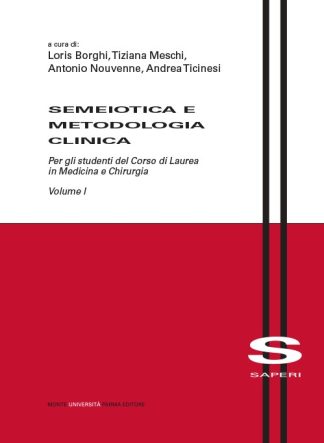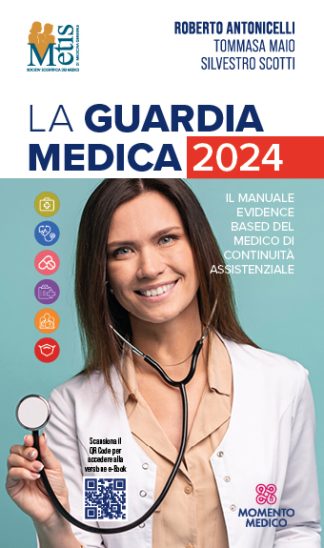Descrizione
After more than 50 years in scientific publishing, and having had the honour of introducing a great many publications in the past, I am both delighted and excited to have been asked to present this splendid book, which is both rich and extremely instructive. It is rich and instructive because its two authors, both for many years closely involved in the use of lasers in dentistry, have been supported in their efforts by 40 co-authors who, representing all the continents of the world, are all leading specialists and scholars in this discipline. The resulting volume provides an extraordinary and very important overview on the use of lasers in dentistry. All these scientists have contributed the best of their research and clinical experience in the sector of particular interest to them, providing the user of this manual with an excellent account of the state of the art in this field. It is splendid because the lengthy and extremely meticulous and work that has gone into this project has resulted in an exhaustive and highly methodical treatment of this whole subject. The book opens with a chapter on the physics of lasers before dealing, in a series of detailed and fascinating chapters, with all the branches of dentistry: from conservative, cosmetic and paediatric dentistry to dental traumatology, endodontics, periodontics, and prosthodontics; then, still in a logical and systematic manner, it goes on to look at the multifaceted aspects of the surgical dentistry (diseases of the oral cavity, bone regeneration, analysis of biopsy samples etc.) and finally at implantology. The last two chapters of the book, which have a somewhat futuristic feel, are devoted to laser photobiomodulation, i.e. the histological effects of laser treatment on oral hard and soft tissue, and the safe use of these new instruments. Even though this area has been the focus of studies by able and enterprising pioneers for two decades now, it is only in the past few years that interest in, and research into, the application of different types of laser has really grown and flourished. The merit for this goes to the many universities that have introduced advanced training courses and special Masters degree courses in this specific field. In addition, many scientific meetings and symposia on this topic have been organised, while several scientific societies and associations devoted to this discipline have emerged and been working, for a number of years now, to raise awareness and promote the spread of these technologies among dentists. This book, as its title clearly indicates, has the merit of being aimed, above all, at private practitioners and professional dentists who want to be able to apply, immediately, the latest developments in this field in their daily clinical practice. The most innovative aspect of this extremely useful book is thus the fact that it offers professionals a simple, clear and effective guide to the practical use of the different wavelengths. This makes it an irreplaceable and fundamental volume for anyone with an interest not only in possible future developments in this field, but also in the new daily reality of modern dentistry. Nowadays, with the focus on the quest for quality, excellence, maintenance of pulp tissue vitality, lasting results, and simpler, more ergonomic operations, it is clear that dental surgeries and clinics, both private and otherwise, need to be equipped with lasers, of different types, for use in their routine daily practice. What I can say from my own experience in paediatric dentistry and dental traumatology is that the specific wavelengths used in these two specialist sectors have, thanks to the enormous advantages they offer, simplified and increased the safety of interventions, and I think that this applies to other fields of application, too. Compared with traditional approaches, it is amply documented that laser-assisted treatment offers many advantages. Let me list them: 1. it allows smaller preparations; 2. it guarantees maximum respect for tissues, with less heating of the pulp chamber; 3. it eliminates or considerably reduces the need for anaesthetics; 4. it can be used in modern minimally invasive dentistry; 5. it has well defined decontaminating, analgaesic and biostimulating effects; 6. last but not least, it favours greater patient compliance, a fundamental aspect in conservative therapy particularly in children (and also in the disabled), in many cases removing the need for general anaesthesia or conscious sedation. The hook is completed and enhanced by numerous photographs and illustrations of remarkable detail and definition. It also provides enlargements, where necessary, of single steps in clinical operating procedures, so as to help dentists apply these procedures in their own daily practice. Each chapter is accompanied by an extensive and exhaustive bibliography, allowing readers to verify the truth of, and explore in greater depth, what is reported in the text. It will also surely be a major stimulus to many young scientific researchers seeking to reach important new targets. Finally, the editor, Dr. Alfredo Martina, is to be complimented on having stimulated and constantly and enthusiastically supported, in his coordinating role, the authors’ considerable efforts, and also on once again having shown the intuition and courage typical of a pioneering figure in publishing. This is a volume of extreme substance, interest and practicality that is destined to become a timeless classic and essential reading. Prof. Damaso Caprioglio








Recensioni
Ancora non ci sono recensioni.